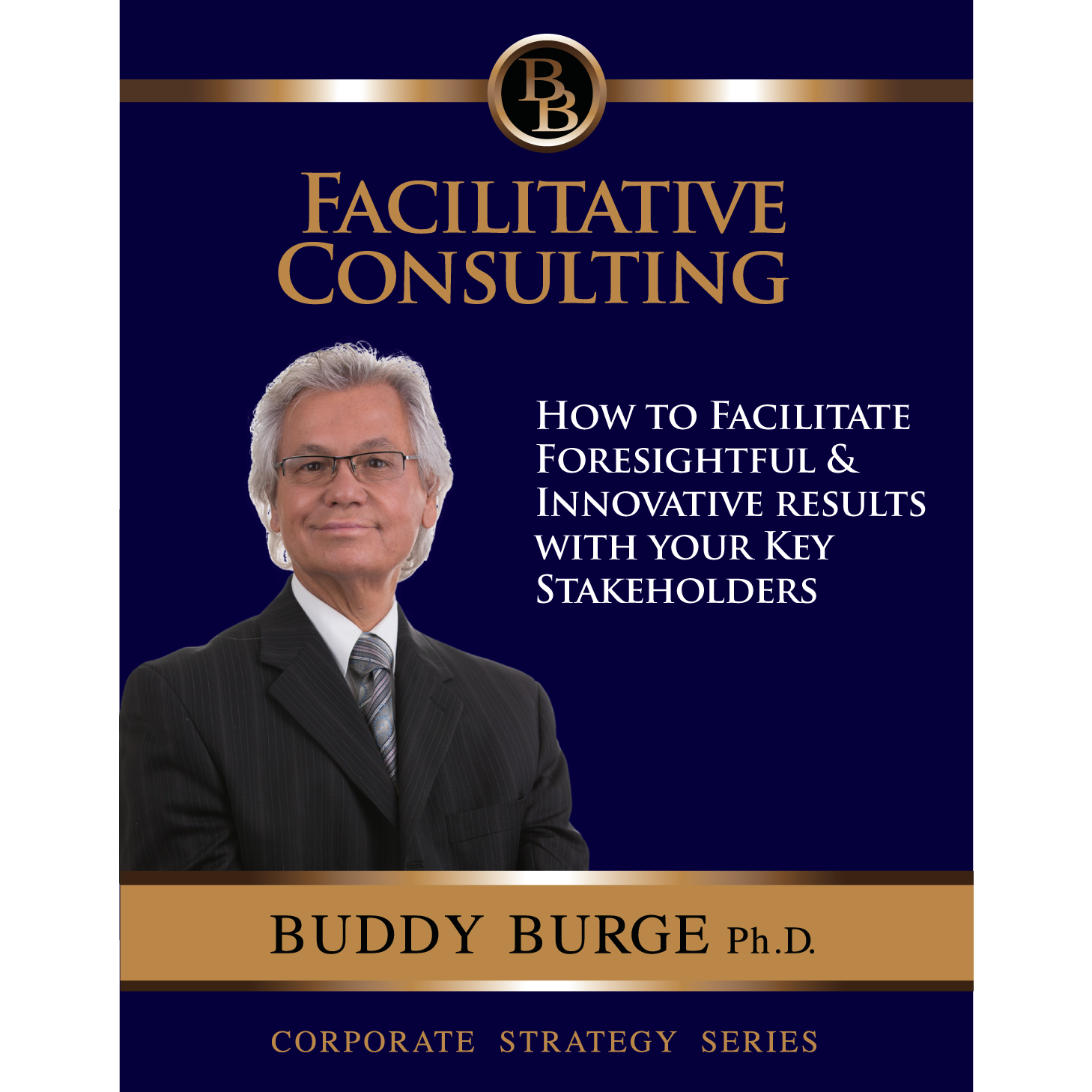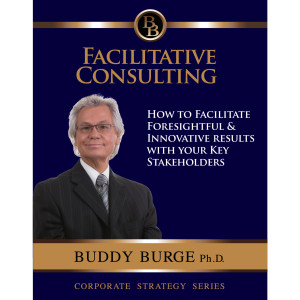
The following excerpt is taken from “Facilitative Consulting”
Facilitative Consulting – Fundamentals
Facilitative Consulting Elements, Assumptions, Goals and Roles
The Four Ever Present Elements
In the next four posts we will explore the nature and process to effective consulting.
The type of “consulting” I have developed is called “Facilitative Consulting”.
Its’ emphasis is a continuing learning experience process for the client at every stage in our relationship with them.
In this series we will analyze and describe four primary aspects of consulting generally and Facilitative Consulting specifically.
I trust that this overview will be helpful to those of you who are in this particular field.
We will look at four aspects of consulting; they are its’:
- Elements
- Assumptions
- Goals
- Roles.
Let’s first of all analyze the elements of consulting.
There are four elements to the consultant/client interaction that are always operating.
1. Responsibility
2. Feelings
3. Trust
4. Your Own Needs
Element One: Responsibility
To have a good contract with the client, responsibility for what is planned and takes place has to be balanced 50/50.
In most cases, the client comes to you with the expectation that once you are told what the problem is, you provide the solution.
Your goal is to act out the fact that it’s a 50/50 proposition.
Just a small example:
When you start a program, communication on the program is often required-when it is, what the arrangements are, why you’re doing it.
It’s important that the client go to the trouble of writing the letter and doing this communicating, not because it’s a task that only the client can do-in fact, the consultant might be in a better position to do it, but it’s a way of visibly expressing to the organization that the client is taking at least 50 percent of the responsibility for the program.
If the client wants the consultant to write a draft of the letter and to take care of all the administrative details, the client is saying that he or she wants to take a limited amount of responsibility.
As a consultant, it makes sense at times to resist taking on this responsibility.
This is a substantively small issue, but it’s an example of what to look for in trying to decide in your own mind whether the responsibility is balanced.
Element Two: Feelings
The second element that’s always an issue is to what extent clients are able to own their own feelings.
In a way, this is working on the responsibility.
The consultant needs to constantly keep in mind how much the client truly owns his/her feelings versus talking as if he/she is just an observer of the organization.
The consultant also has to keep in mind what his or her own feelings are about the client.
If the consultant is feeling that the client is very defensive or very controlling, or doesn’t listen or doesn’t take responsibility, this is important data.
However the consultant feels working with that client, the people inside the client’s organization are going to feel the same way.
It is equally important for you to pay close attention to your own feelings during the consultation, particularly during the early stages, and use these as valuable data on how the organization functions and how this person manages.
Element Three: Trust
The third element is trust.
Most of us go into a situation as a consultant and bring with us the prevailing image of the consultant as the expert and someone to watch out for.
It is often useful to ask the clients whether they trust your confidentiality, whether they trust you not to put them down or to take things over.
By doing this, you’re working to build trust.
The more the distrust is put into words, the more likely you are to build trust.
Element Four: Your Own Needs
The fourth element on the affective side of the consultant/client relationship is that consultants have a right to their own needs from the relationship.
It’s easy to fall into a service mentality, in which you see yourself charged with solving the client’s problems and serving the client’s needs and it’s possible to act in such a way that you, as the consultant, appear not to have any needs.
The reality is that you do have needs.
You may have organizational needs to have a client, so that your own organization feels that you’re doing something worthwhile.
You have needs for acceptance and inclusion by the client, and you require some validation that what you have is valuable and worth offering.
On a practical level, you have needs for access to that organization to talk to people, to ask them questions.
And you also have needs for support from that manager, and meeting the people in the manager’s organization, and dealing with the kind of resistance that you’re likely to get.
You are Entitled to have your Needs Met
In looking at the four elements of consulting, the thrust of this post has been to pay close attention to your own style and your own feelings as important dimensions to the consulting relationship.
Skill in consulting is not only skill in providing a program, a process, and procedures that respond to the client’s needs.
It’s also your skill in being able to identify and put into words the issues around trust, feelings, responsibility, and your own needs.
In the next post we will explore the four assumptions that under-gird an effective consulting process.
For more on this topic, we recommend the following | |
 | Facilitative ConsultingHow to Facilitate Foresightful and Innovative Click Here For Video and Full Description If you found this article useful |

![CropperCapture[372]](http://buddyburge.com/wp-content/uploads/2014/02/CropperCapture372-300x272.png)
![CropperCapture[373]](http://buddyburge.com/wp-content/uploads/2014/02/CropperCapture373-300x243.png)
![CropperCapture[374]](http://buddyburge.com/wp-content/uploads/2014/02/CropperCapture374-264x300.png)
![CropperCapture[375]](http://buddyburge.com/wp-content/uploads/2014/02/CropperCapture375-274x300.png)
![CropperCapture[376]](http://buddyburge.com/wp-content/uploads/2014/02/CropperCapture376-241x300.png)
![CropperCapture[377]](http://buddyburge.com/wp-content/uploads/2014/02/CropperCapture377-300x234.png)
